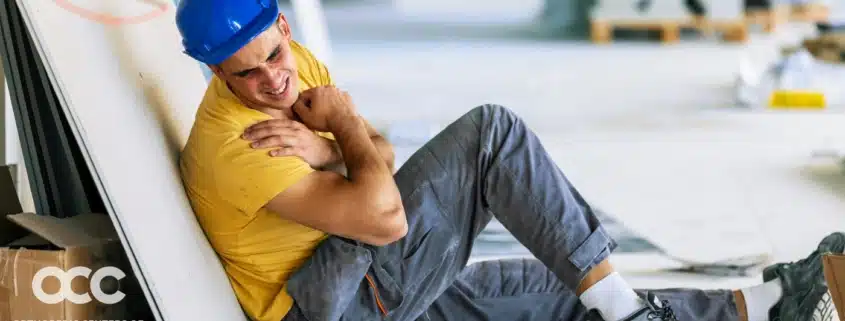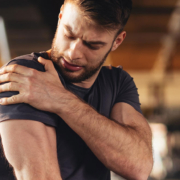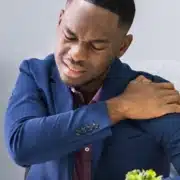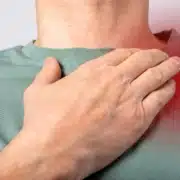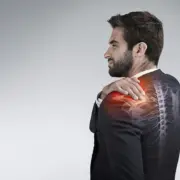SLAP Tear
SLAP tears happen when you tear the cartilage in the inner part of your shoulder joint. The tears can be caused by injury or overuse and make it painful or difficult for you to move your shoulder and arm. Left untreated, these tears can cause chronic pain, limit how much you can use your arm and shoulder, and lead to more serious shoulder problems. There is no reason to wait until a SLAP tear tears into the things you love to do when you can get the help you need at the Colorado Center of Orthopaedic Excellence in Colorado Springs, Colorado. Their highly skilled orthopedic professionals are well-trained in the possible complexities of SLAP tears. Don’t wait to address your shoulder pain because you don’t know where to go. Now you do.
OVERVIEW
The term SLAP stands for Superior Labrum Anterior and Posterior. In a SLAP injury, the top (superior) part of the labrum is injured. This top area is also where the biceps tendon attaches to the labrum. A SLAP tear occurs both in the front (anterior) and back (posterior) of this attachment point. SLAP tears (also called SLAP lesions) vary in severity. They are common injuries among overhand athletes who make forceful arm movements, such as baseball players or tennis players. One might get a SLAP tear if they tried to break a fall with an outstretched arm or in daily activities that involve lifting things with jerking movements. A SLAP tear can be a serious injury, no matter age or professional level. Most SLAP tears don’t happen in one day and usually result from repetitive trauma inside the shoulder. SLAP tears represent 4% to 8% of all shoulder injuries.
ABOUT THE SHOULDER JOINT
Shoulders connect the upper arms to the torso. The shoulder joint is the body’s most flexible joint, as well as its most complex. Three bones, nearly a dozen different muscles, and many ligaments and tendons meet in the shoulder. The way they are connected allows the raising and lowering of the collarbone when shrugging the shoulders, moving the shoulder blades closer together, or crossing the arms. The way they are connected allows movement of the arms in almost any direction. But this flexibility comes at a price; the shoulder is prone to injury. And it is not always easy to find the exact cause of shoulder pain.
WHAT IS A SLAP TEAR?
The L in SLAP refers to the glenoid labrum. The labrum plays two crucial roles in keeping the shoulder functioning and pain-free. First, the labrum is a cushion for the top part of the upper arm bone. This cushion helps the upper arm bone stay where it belongs – cradled in the shoulder socket. Second, the labrum is a connection point between your shoulder blade socket and one of your bicep tendons. The S in SLAP refers to the top of the labrum. When this part of the labrum tears, the upper arm bone loses its cushion, and the bicep tendon loses its connection to the shoulder blade socket. As a result, the shoulder hurts and feels unstable.
Read more about Slap Tears on our new Colorado Springs Orthopedic News Site – Colorado Springs Orthopedic News. Schedule an appointment with a shoulder specialist today.

